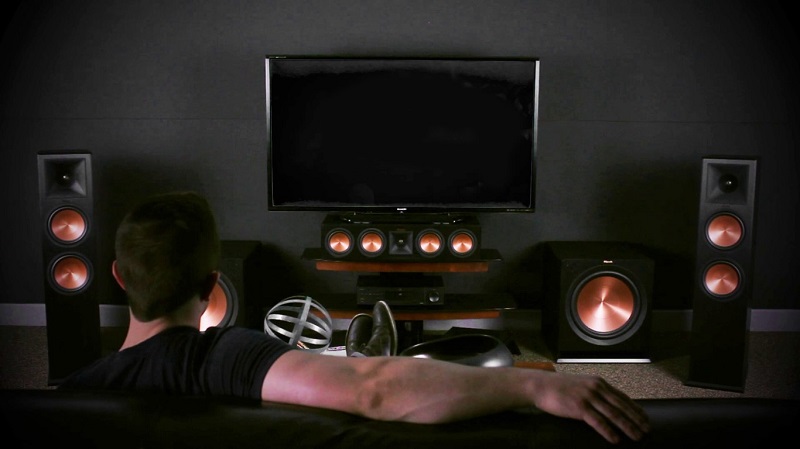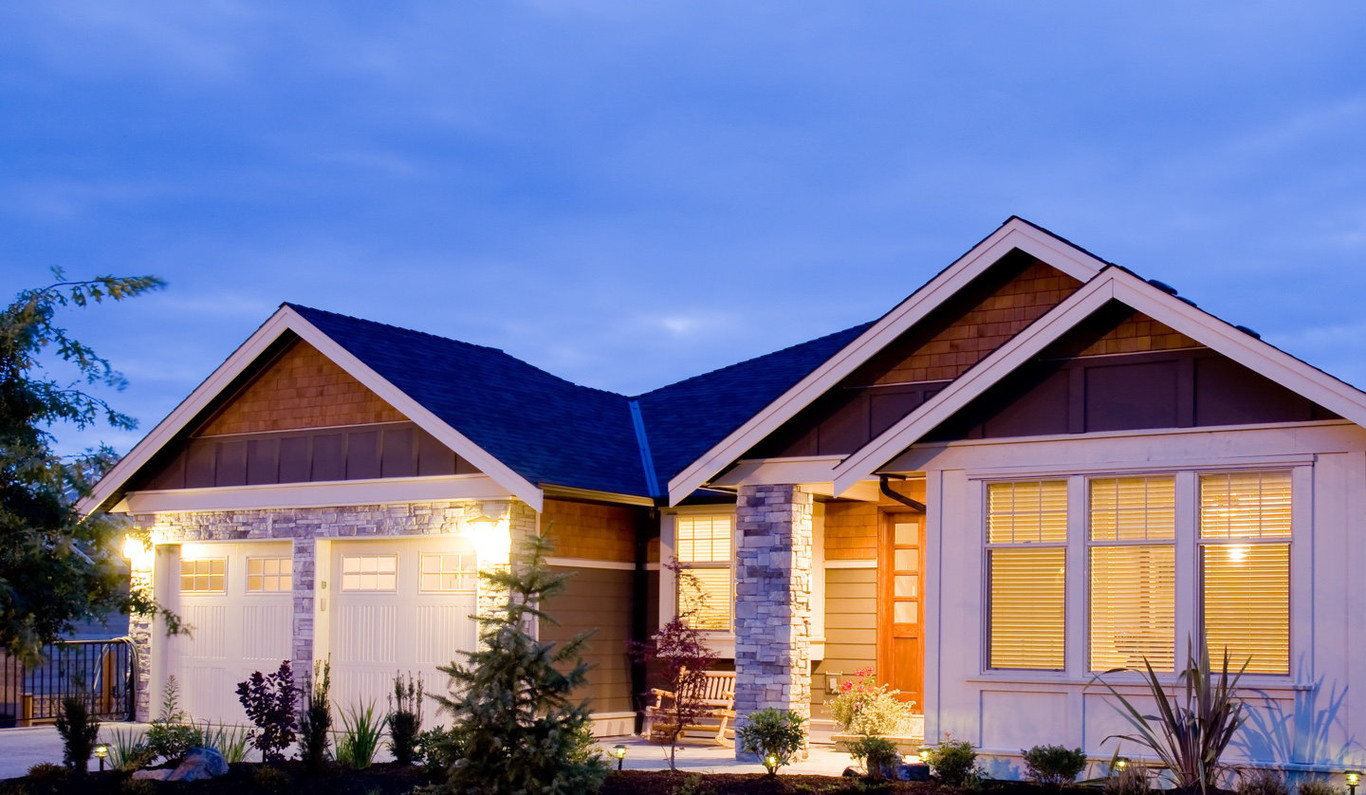After saving for months or years, you go to the store and you spend a small fortune on your brand new sound system. Whether it’s a bar, sound base, a kit 5.1 or an AV receiver, you get all excited at home, plug it in, you start to watch a movie and that does not sound as expected.
You have a poor or excessive bass response, with sharp smudged and exaggerated media. What is going on? It should not sound perfect factory. Well, in an ideal world, yes, but probably your house is far from being an ideal room for music listening, hence the great importance of embedded systems for acoustic correction.

What are the correction or automatic equalization?
Until a few years ago, we had to have quite considerable knowledge to leave all the sound system adjusted to the millimeter. Fortunately, today is no longer necessary thanks to the use of systems automated acoustic correction that most teams incorporate medium and high ranges (and increasingly also some low – end).
The term “equalization” refers only to a part of the acoustic correction total room that the new systems are able to apply, although commonly it is the word often used and most often, we will see online media, including that some brands used in advertising.
There are teams that can only apply equalization to the sound and others perform a more complete and sophisticated correction with which we will achieve better results. However, let’s see what it is and why we should use it.
THE ACOUSTIC CORRECTION IS TO ADJUST THE RESPONSE OF OUR SPEAKERS TO SPECIFIC ACOUSTIC CHARACTERISTICS OF THE ROOM
The main idea behind acoustic room correction is to adapt the response of our speakers to specific acoustic characteristics of the room in which we will install them. It is a task that may seem simple, but doing it properly to eliminate acoustic aberrations of the walls, furniture and introduced the speakers is not an easy or immediate task.
Equalization or frequency correction
The first mission of acoustic correction system will sound adjustment in the frequency domain. That is, it varies the frequency response of each speaker to obtain a flat response at the listening point. This is something that can be done manually using a computer program, but generally automatic systems should give us a good result in most cases and are infinitely easier to use.
You may also like to read another article on SevenFrigo: Searching for the best sound on the TV: The speakers to the bars and home cinema
You need only connect a microphone to the audio system (typically comes as standard with the equipment) and by issuing a series of test tones from the speakers that we have connected, capture the sound from each speaker at different points of hearing detecting their defects and aberrations introduced by this and by the room.
There are different technologies for this capture and subsequent calculation and processing of sound, each with its own characteristics, advantages, and disadvantages, being for the most common household: YPAO used by brands such as Yamaha and different versions of Audyssey used by other firms as Onkyo or Denon.
Set in the time domain
The next step in the correction process is usually the setting of the time response of the speakers and the room, as we discussed in our special about AV receivers. They analyze how long it takes to reach us sound signals from the different speakers, taking into account the reflections and the phases of each signal to correct at the point of hearing so that you always hear beeps in the same phase.
How important is this? As much as the gap between signals may cause part of the sound waves at different frequencies are canceled (especially in the bass below 100 Hz) leaving a flat, poor sound without glued none or just the opposite, it means that certain frequencies are enhanced above the rest.
You may also like to read another article on SevenFrigo: Three key ideas that you have to consider when purchasing your home cinema
At this point, the position of each speaker with respect to the listener identify and calculate the distances of the theoretical listening (which need not be real, as we shall see in a second article) speaker to get the best response, especially in the problem frequencies, such as between 40 and 100 Hz.
The phase of each speaker delaying (or advancing, depending how you look) the audio a few milliseconds in the subwoofer you need, so to reach our ears every phase sound waves are adjusted. Also, apply different filter impulse response to provide more direct signals intensity and minimize the effect of reflected, achieving more powerful and less reverberations, so that temporary defects are minimized room sound.
That is, with automatic correction of the room you are giving the sound system the tools you need to know where you are installing, which dimensions have the room, what kind of speakers we have and what obstacles will find the sound. The result of the process is a more balanced audio with less serious problems that resound or acute and poor means.
In the next part of this special, we will see some tips and problems that we can find the time to do this acoustic correction of the room. Visit http://wikimodel.org/ to know more about this stuff.


